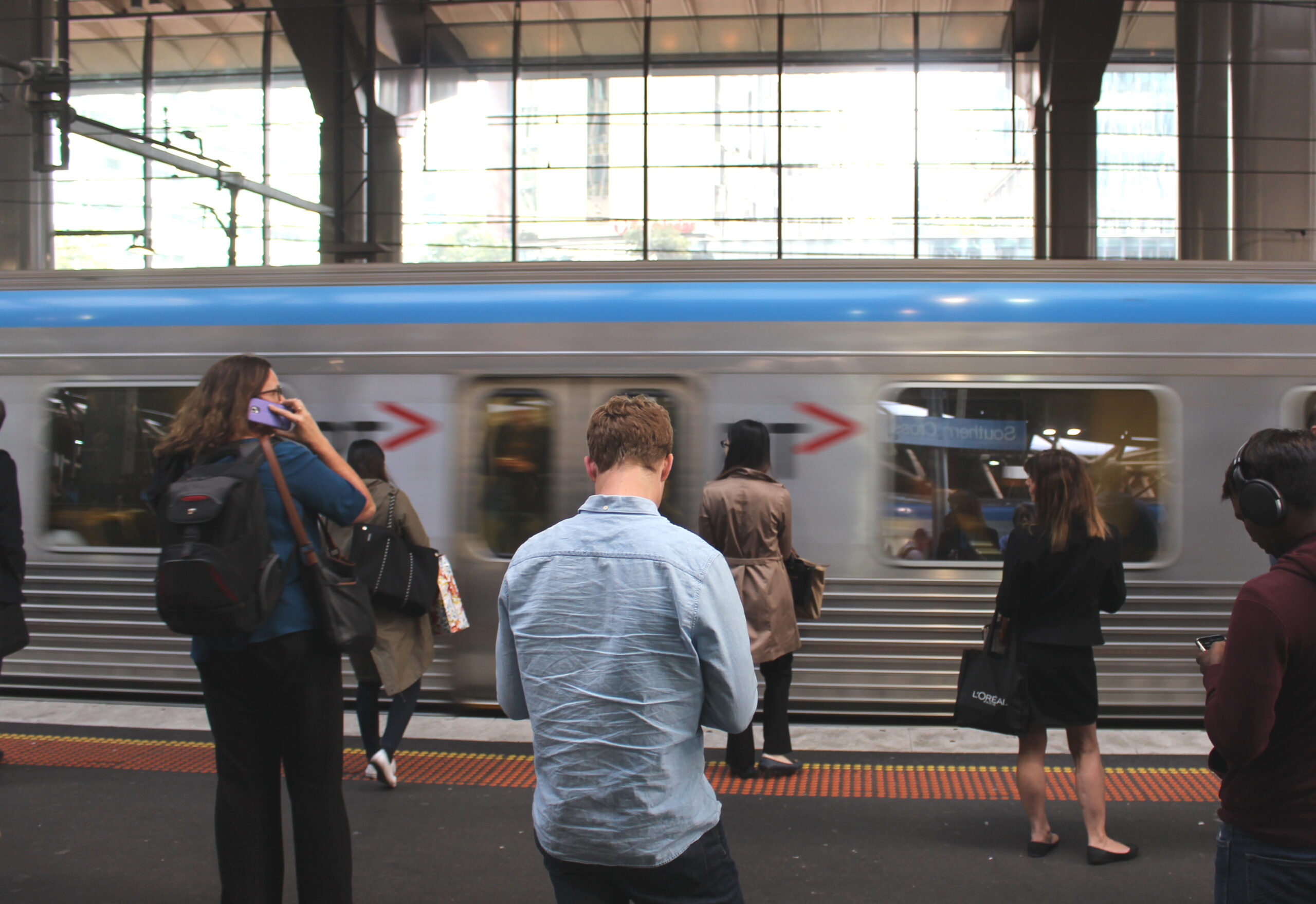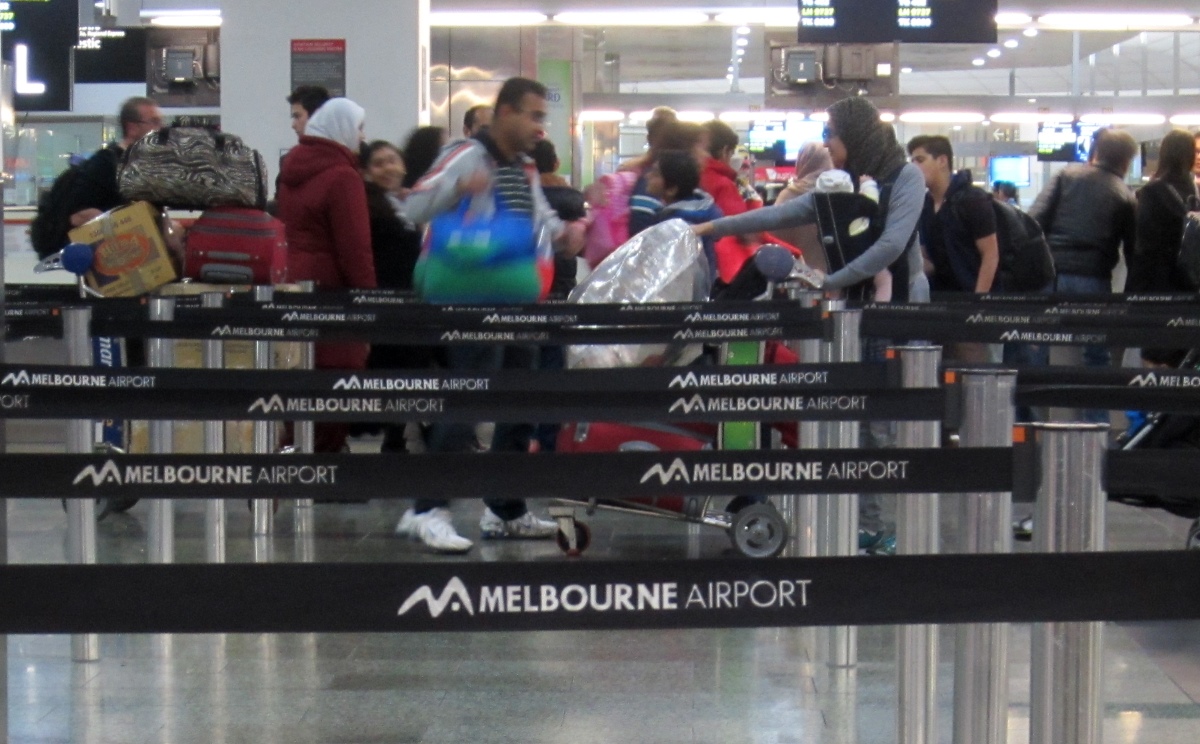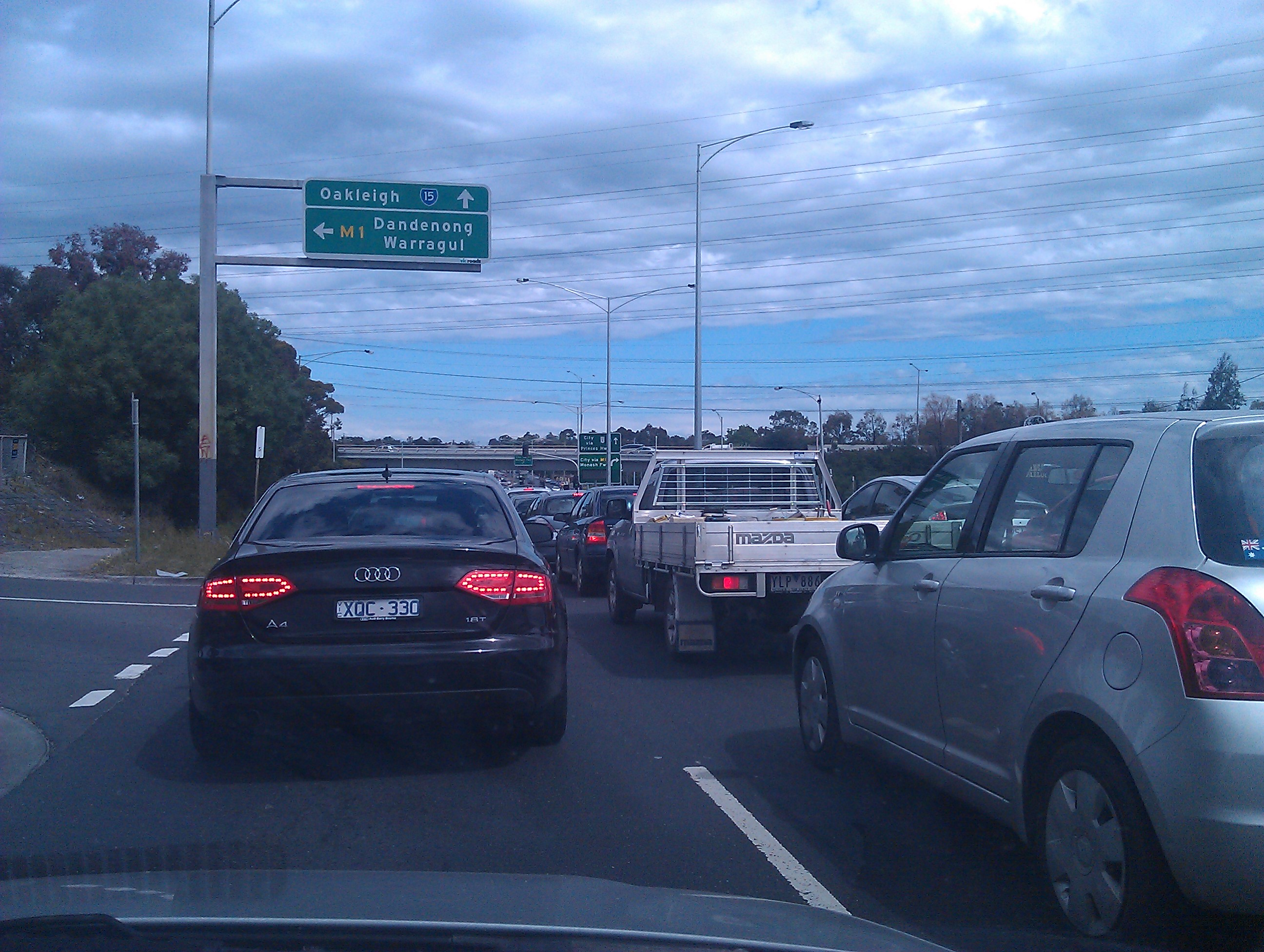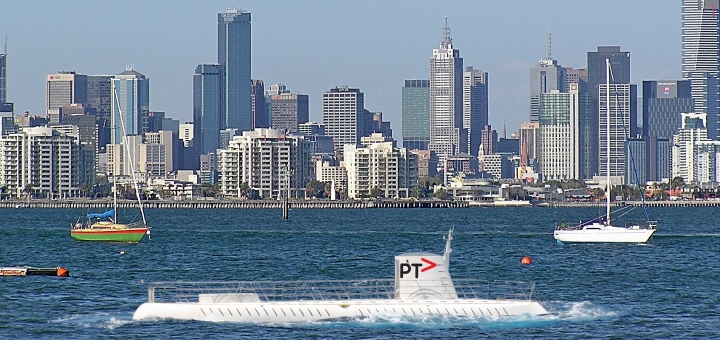Category: Melbourne west
-
Planning confusion sells Melbourne’s west, air travellers short
Statement by the Public Transport Users Association The Public Transport Users Association is concerned at recent commentary on new rail developments in Melbourne’s west, specifically the promised rail link to Melbourne Airport, and the implied pressure to rush into major decisions in the absence of a comprehensive plan for public transport development. At a high…
-
PTUA welcomes rail investment in Ballarat
The Public Transport Users Association has today welcomed the government’s announcement of the details of a $130m project to untangle freight and passenger services in Ballarat. The project will largely separate freight and passenger trains west of Ballarat station, and upgrade the signalling system in the Ballarat area, to allow for more efficient movement of…
-
Show us a plan, and don’t neglect local services, says PTUA
The Victorian Government needs to show the public an integrated plan for moving people and freight. But the government also needs to match its busy infrastructure programme with a commitment to frequent local public transport service, the Victorian Transport Infrastructure Conference heard on Thursday. According to a presentation by Dr Tony Morton, President of the…
-
Public transport users call for Westgate submarine
The Public Transport Users Association (PTUA) has called for the introduction of a passenger submarine linking the bayside western suburbs of Melbourne with the CBD instead of the controversial Westgate Tunnel. “There’s clear demand for improved public transport in Melbourne’s west,” said PTUA’s maritime spokesperson Daniel Morton. “A passenger submarine can deliver this with minimal…
-
Community Forum: The 2013 Federal Election and Public Transport in Melbourne’s West
The PTUA is hosting a community forum looking at public transport issues in Melbourne’s Western Suburbs. With a federal election imminent, residents are concerned about how transport policy will impact on access to jobs, education and services, as well as local neighbourhood amenity. This community forum is an opportunity to hear from transport planning experts,…
-
Regional Rail Link must be reviewed, users say
The Public Transport Users Association has criticised the state government for giving the go-ahead to the Regional Rail Link (RRL), without an independent review to fix the project’s problems and explore alternative plans. PTUA secretary Tony Morton said the government’s approval made a mockery of its commitment to set up an independent Public Transport Development…
-
Regional Rail Link: Many better ways to spend $5bn
JASON Dowling’s defence of the Regional Rail Link (Comment, 22/2) essentially asserts that a project costing about $5 billion must be a good thing. What began as a line on a map in the Eddington report has evolved secretly and fitfully. We still have no idea how train services will be organised, but we do…
-
Billion dollar rail blowout a blessing in disguise
The billion dollar blowout in the construction costs of the Regional Rail Link, reported in the Australian Financial Review today (3 February 2011), could provide the opportunity to revise the project and fix its worst problems, the Public Transport Users Association has said. Secretary Tony Morton said that well-chosen experts for the proposed new Public…
-
Call for more V/Line services to cut waiting times
As the state election approaches, the Public Transport Users Association (PTUA) has called for upgrades to V/Line short distance services[1] to run at least every 30 minutes, seven days-a-week. PTUA regional spokesman Paul Westcott said that with strong patronage growth, V/Line train services are increasingly overcrowded not just in peak times, but also at off-peak…
-
State election public transport forums in your area
The Metropolitan Transport Forum (MTF), of which the PTUA is an associate member, is holding public transport forums in various areas around Melbourne in the lead-up to November’s state election. The forums will feature speakers from all the major parties and questions from the community. Six forums are planned so far:
-
It’s a new era of Federal funding, but are these the right projects?
The Federal Government are to be congratulated for finally putting money into urban public transport, which will cut congestion by getting cars off the road, cut emissions, and give people more sustainable transport choices. But brickbats are due to the Brumby State Government for advancing flawed projects, says the Public Transport Users Association (PTUA). Despite…
-
Opposition to Sunbury electrification an indictment of Connex
Community fears betray poor standard of metro train service, says PTUA Calls by sections of the Sunbury community to retain the existing V/Line service in preference to more frequent suburban train services are “an indictment of Connex’s poor standard of service”, the Public Transport Users Association (PTUA) said today, while restating its support for the…
